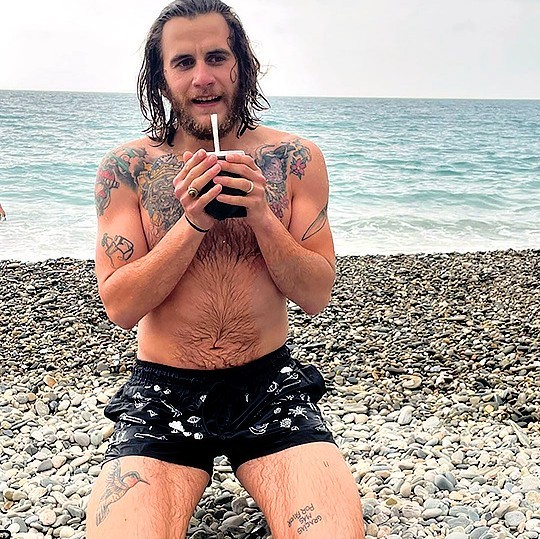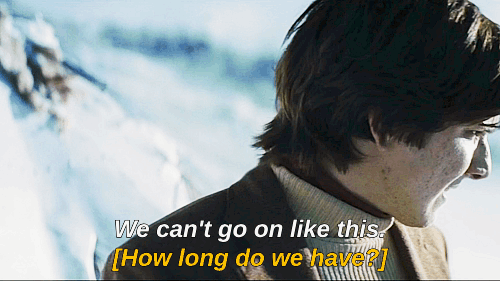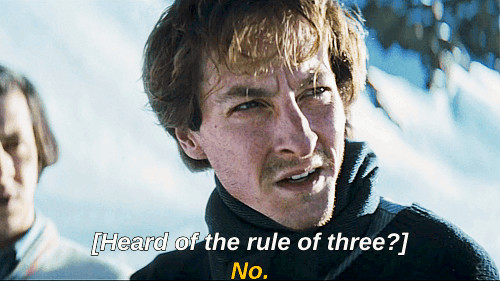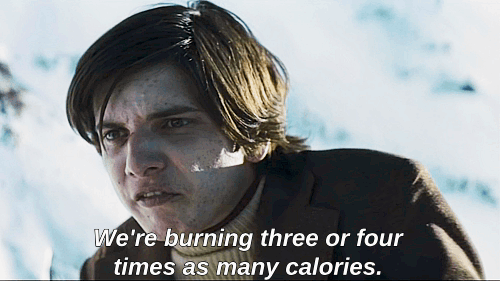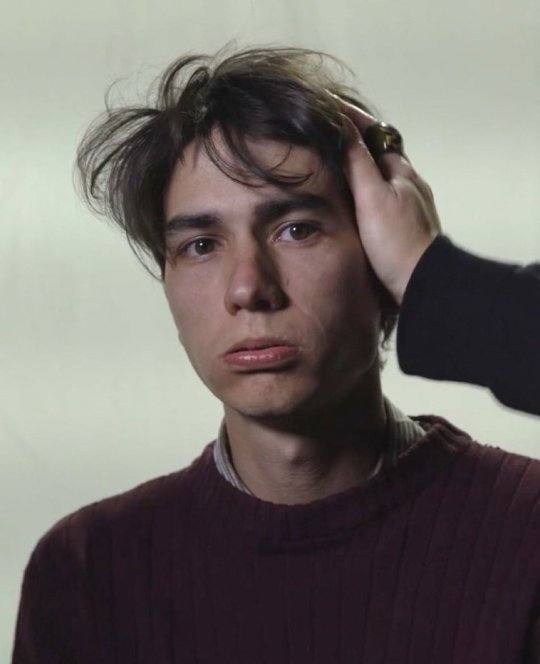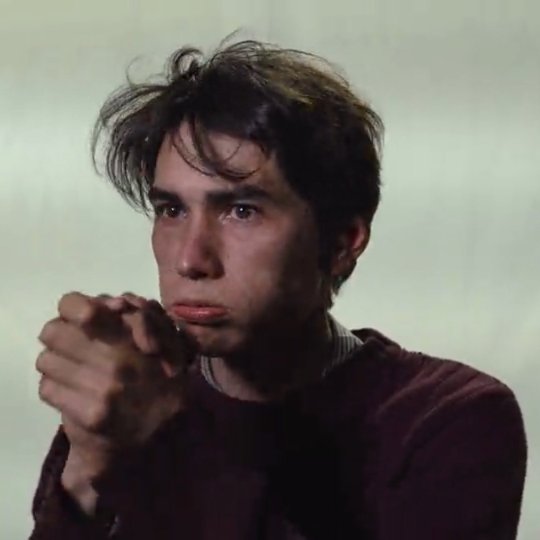Text

I AM ONCE AGAIN BEGGING 😭 PLEASE WRITE FOR THESE MEN FOR GOOD LUCK AND WHATEVER Y’ALL NEED IN LIFE RIGHT NOW
586 notes
·
View notes
Text



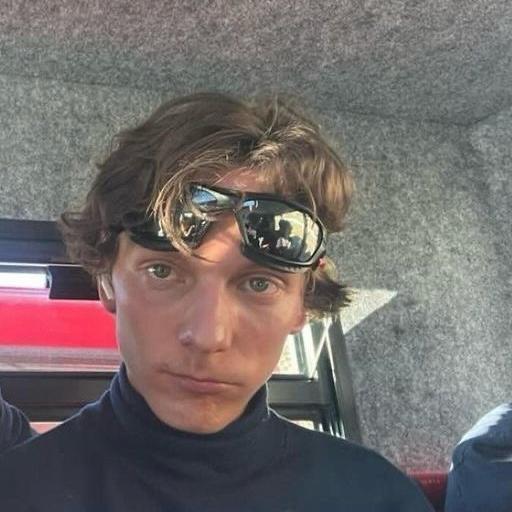
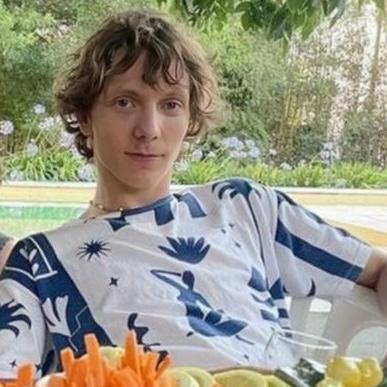


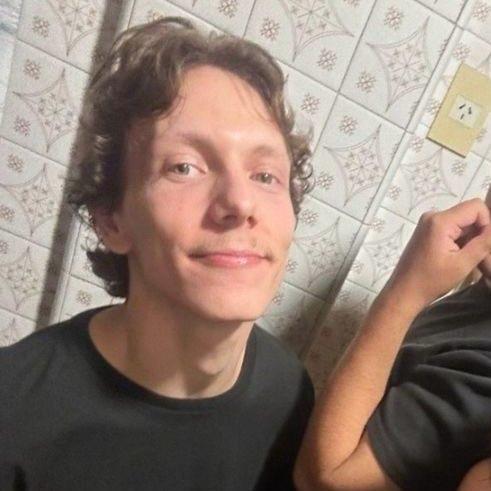







✧ fran romero icons ࣪ ⊹
like or reblog if you save please !
120 notes
·
View notes
Text
can we talk about society of the snow being a study in healthy masculinity??? and the fact that they leaned into these boys caring for each other and helping each other survive?? boys can be good too. and they can be good to each other. and they can support and protect and sit with each other's pain because that shit's necessary for survival too. and i appreciated that that was the story they decided to tell.
663 notes
·
View notes
Text

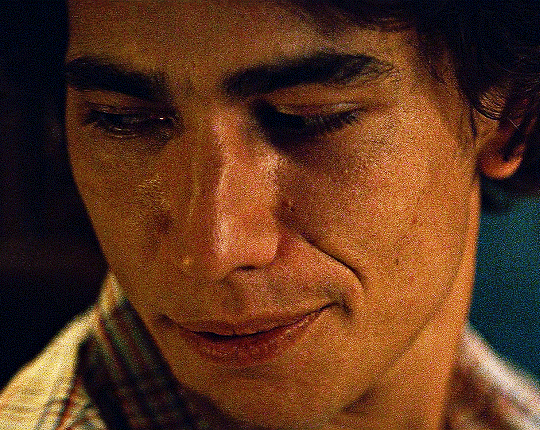
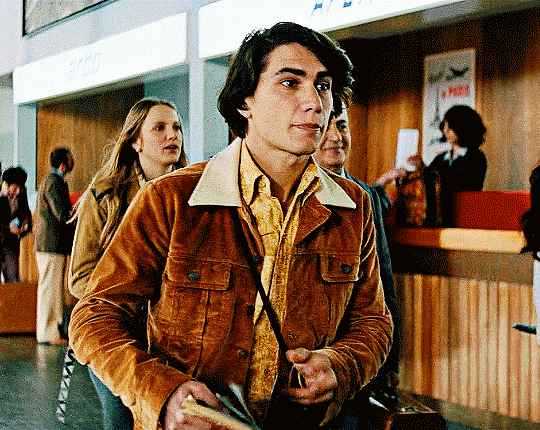

Enzo Vogrincic as Numa Turcatti
Society of the Snow/La sociedad de la nieve (2023) dir. J. A. Bayona
2K notes
·
View notes
Text
why I'm happysad that they let Numa be the narrator in Society of the Snow.
So if you, like me, have been more than a little obsessed with the story of Uruguayan Air Force Flight 571 for a very, very long time, your stomach probably dropped like mine did when the narrator introduced himself as Numa Turcatti. (My immediate thought was, "why would you do this to us?!") If you went in blind, I feel for you!
But while the film gave us a version of Numa, since it's from his perspective what it doesn't really give us is the group's perspective on him. He comes across a bit like an outsider, and although, yes, his only surviving friend was Pancho Delgado, he wasn’t an outsider for long at all. On the contrary. So, here are a few excerpts from the books that tell you more about what he was like and how much they all loved him, because I feel like that’s important.
From Alive, Piers Paul Read:
Next to Parrado, Numa Turcatti was the most generally beloved of the boys. [...] Since he had known few of the boys before leaving Montevideo, it was proof of his strength, simplicity and complete lack of malice that he became so loved and respected by them.
On celebrating Numa's birthday while trapped under the avalanche:
The boys gave him an extra cigarette and made a birthday cake out of snow. [...] Many would have liked to give him a better time on his birthday, but instead it was he who improved their spirits. "We have survived the worst," he said. "From now on, things can only get better."
From Society of the Snow, Pablo Vierci:
‘When I talk about Numa, I can’t help but cry,’ says Coche Inciarte. ‘He’s the best person I’ve ever met in my life. However tenderly I cared for those who were losing heart, Numa did it much better because he never got tired. He was constantly aware of everyone else’s distress. He radiated peace, he never gave up, and when he came near me, I felt like Jesus Christ himself was among us, with such mercy and compassion in his eyes. I don’t know where he got his strength.’
‘I could never imagine him living in everyday life, because I met him and I loved him in that torment of the Andes,’ says Coche. ‘He had a hard time eating, like I did. We ate the bare minimum in order to survive. I lost one hundred pounds, he lost more. And just like me, his leg became infected after the avalanche. We operated on our legs together with a razor blade. But he deteriorated more quickly than I did, because he had given so much more; he had been too generous.’
Moncho Sabella:
Numa taught us about the anonymous heroism of giving more of himself to others than he reserved for himself. In that balance between solidarity and selfishness, which decided whether you lived or died, he tilted the balance in favour of the others to the detriment of himself. [...] And when the avalanche came and covered the plane, the one who worked the hardest, the one who removed the most snow so that we could come back to life, was Numa. Again, he was exceeding his own limits. [...] In the end, his immune system was so devastated that he got one infection after another. We gave him antibiotics and the doctors on the mountain attended to him every day, but finally he left us. And with him, we all died a little more.
Gustavo Zerbino:
I always remember Numa up there, full of despair, when he told us that he would rather die watching the sky, walking, instead of ending life immobilised in a cave of broken metal. For that reason, after the avalanche, he kept digging and removing snow without rest until he burned himself out with exhaustion. He always thought that his time had come but he wanted to work until the final moment, doing whatever he could to help. I cared for him all those days; I saw how he was hurried to the brink of death, with no defences, getting one infection after another. I went up to him and first I gave him a kiss on the cheek to greet him and asked him how he was doing. He just stared at me with a kind of infinite peace. He never complained. But Numa was quickly deteriorating: from that physical strength and vigour he had had at the beginning, he finished as a skeletal dying boy. He held on to his characteristic qualities until the end though. He was that same stoic guy when he was strong and when he was wasting away.
‘Gustavo Zerbino didn’t tell us the whole truth [about the expedition] because he didn’t want us to be discouraged. When I asked Numa about it, he couldn’t lie and he told me: “As far as we went, all you could see were more mountains.” But even so, he always wanted to be an expeditionary. “I want to go,” he told me, even though I knew at once he could never go, he was too exhausted and too hurt.’ So Numa approached Daniel Fernández, knowing that he had influence over the others, and he tried to convince him: ‘I can do it, Daniel, please believe me. I can do it.’ Daniel recalls, ‘When I told him that his injury made it impossible, he started working even harder than ever, like a bull, shovelling snow to unbury the plane after the avalanche to show that yes, he could do it.’
Finally, from Alive, after Numa died:
On this particular afternoon, Javier Methol lay at the back of the plane. "Be careful," he said to Coche as he rose and stepped over Numa's body. "Be careful not to step on Numa."
"But Numa's dead," said Parrado.
Javier had not realised what had happened, and now that he understood his spirits dropped completely. He wept as he had wept at the death of Liliana, for he had grown to love the shy and simple Numa Turcatti as though he were his brother or son.
I'm not sure the Numa we see in the film is quite the same person that he actually was on that mountain, but I'm so, so glad that he got a voice. He fought so hard for them all.
So, yeah. In the immortal words of Jake Peralta,

209 notes
·
View notes
Text
storytelling and other miscellaneous things about la sociedad de la nieve that have been driving me crazy:
numas story starts and ends with a note being passed around by his friends.
numa laughingly accuses pancho of trying to make him cry when pancho's trying to get him to come on the trip, and later when numa's about to die, pancho implores numa to cry with him.
the zoom-out shot of people wailing when they hear on the radio that the search has been discontinued and you realize how small their grief looks compared to the mountains. compare this with the zoom-out shot when they climb out of the fuselage after the avalanche and they are screaming in joy and disbelief that they're still alive. their despair and their joy are so incredibly small compared to the vastness of the mountains.
roberto and nando. just everything about them. ja bayona says they are "the same character - just different parts of the psychology" and man it's so beautifully done. the head and the heart.
every single goddamn moment the strauches are on screen. their skepticism and leadership. these actors did an incredible job.
roberto returning the spirit to the flesh once they've been rescued by burying his friends. thanking them for their sacrifice and honoring it.
308 notes
·
View notes
Text




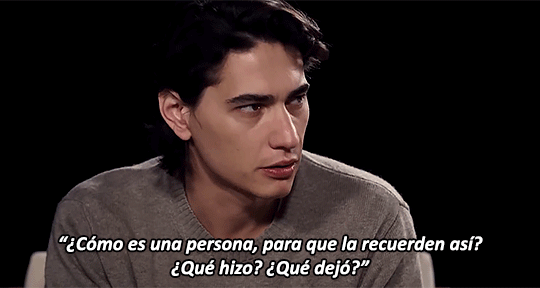
Something happened to me that I always talk about. I would say (to the survivors): "Hi, Enzo, I play Numa" and they would say 'Oof, Numa'. And they would give me a hug."
I would say, "But this person doesn't know me, he's not hugging me. He's hugging Numa through me."
And it was very powerful. You saw there what he was leaving. There is something inexplicable about Numa that he left in others, that they feel a weight. They feel an extra gratitude.
There was something very heavy there that you felt, and it left you with that responsibility. You would say: "Ah, look at this person, how special. How they remember him.
What is a person like to be remembered like that? What did he do? What did he leave?"
ENZO VOGRINCIC
1K notes
·
View notes
Text

The Strauch cousins (from left to right: Eduardo, Fito and Daniel) and their respective actors
173 notes
·
View notes
Text
The Survivors (Part 1)
In alphabetical order.
The photos and some of the information are from Sociedad de la Nieve
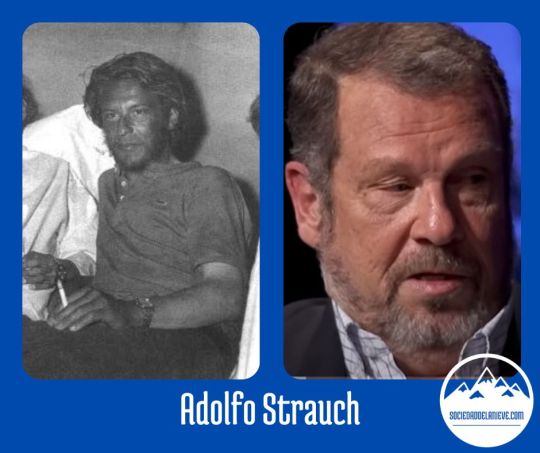
Born on April 19th 1948, “Fito” Strauch used to play for the Old Christians rugby team, but he didn’t at the time of the crash. He was invited on the trip by his cousin Eduardo Strauch.
He was part of the trio known as “the cousins” (Fito, Eduardo and Daniel Fernandez). Fito and Eduardo were double cousins, as their mothers were sisters and their fathers were brothers, whose sister was Daniel’s mother.
The cousins played an essential leadership role in the mountains, as they took the responsibility of cutting the meat off the dead bodies and rationing the portions.
Fito had many brilliant ideas. The boys had a hard time melting snow, as shaking handfuls in a bottle was far too arduous and tiring in the rarefied air of the mountains. Fito figured out that each plane seat had a piece of aluminum that could be folded into a device filled with snow, which was then left in the sun to melt. The resulting water would then be poured into a bottle.
He also came up with the idea of tying seat cushions to their feet so they could walk on snow without sinking to their waist. As if those were not enough, he manufactured sunglasses with pieces of nylon taken from the seats and glass cut from the front windows of the plane (the ones in the cockpit, which were a shade darker than the windows in the cabin)

Born on November 1st 1947, “Pancho” Delgado was a law student. He was invited on the trip by his friend Gaston Costemalle, who played for the Old Christians rugby team.
Due to his eloquence, the other survivors asked him to address the journalists in the press conference held upon their return to Uruguay and explain their decision to eat the bodies of their dead friends.
The book “Alive” by Piers Paul Read paints an unfavorable picture of Pancho, claiming he already had a “lawyer’s mind” and hoarded food behind everyone’s back. In his own book, however, fellow survivor Nando Parrado comes to his defense, saying that all survivors - due to the desperate circumstances they found themselves in - tried to take advantage of the others at some point, but Pancho was resented the most because he got away with it more often.
Pancho had a girlfriend at the time of the crash, Susana Sartori. The couple eventually got married and had four children (María Federica, Alfredo, Joaquín and Agustina).
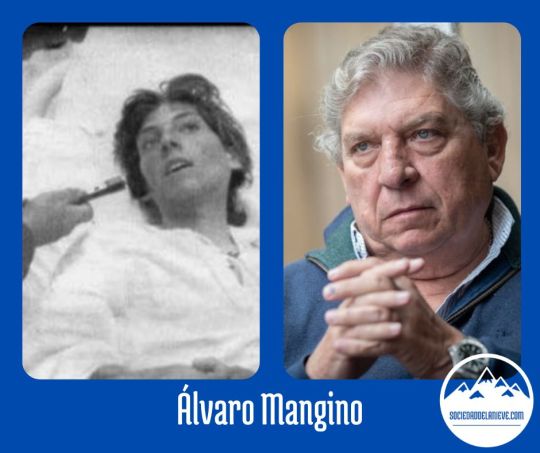
Born on March 31st 1953, Alvaro wasn’t part of the team nor did he attend the Stella Maris private school as most of the survivors. He knew some of the other passengers on a superficial level, as they lived in the same rich neighborhood in Montevideo. I have yet to find out why he was on the trip at all, but as soon as I do I’ll update you guys.
He broke his left leg when the plane crashed. Fellow survivor Roberto Canessa, a medical student, did his best to put the bones back into their places. Throughout the 72 days, Alvaro remained close to Canessa, who was very protective of him.
Alvaro had a girlfriend at the time of the crash, Margarite Arocena. The couple got married and had four children.

Born on July 24th 1953, “Tintín” played rugby for the Old Christians and stood out for his physical strength. His volatile personality caused some fights, but he never questioned the group’s decisions.
Because of his strength, Tintín was initially enrolled as one of the survivors who were to leave the fuselage in search of help. After three days, however, his fellow expeditionaries (Roberto Canessa and Nando Parrado) realized the trip was gonna be much longer than anticipated and sent Tintín back to the fuselage so they could keep his portions of meat.
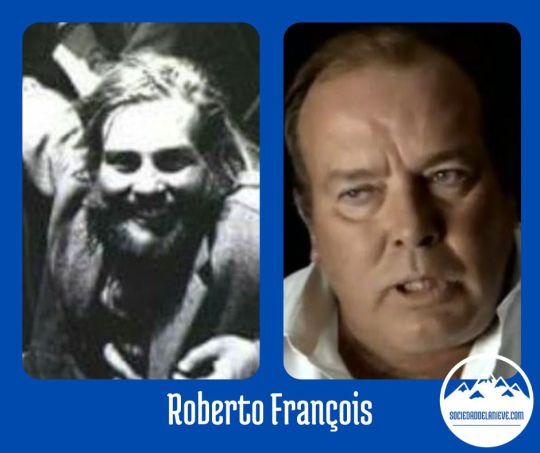
Born on November 23rd 1951, Bobby was a Stella Maris alumnus and played for Old Christians. He had a very passive attitude towards the whole ordeal, as if he didn’t care whether he lived or died. As soon as the fuselage stopped its descent down the mountainside, Bobby exited the wreckage, sat on the snow and lit a cigarette.
He melted snow when the others forced him to, but didn’t do much else. When the cousins threatened to cut off his supply of meat, Bobby shrugged and said “That seems fair”.
Bobby had six children (Roberto, Federico, Sofía, Josefina, Milagros and Diego) and now lives a quiet life as a farmer.
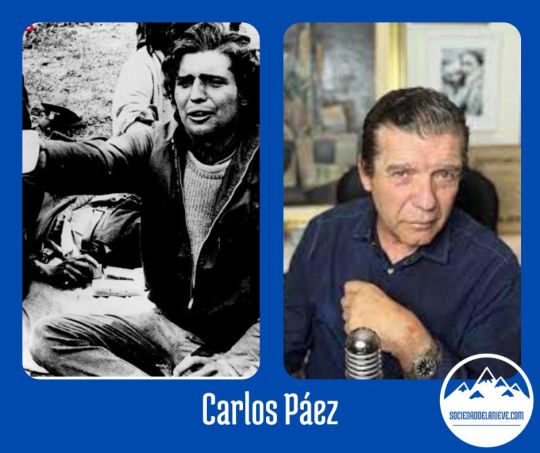
Born on October 31st 1953, Carlitos was the son of a famous Uruguayan painter, Carlos Páez Villaró, who searched non-stop for the wreckage of the plane and did not rest until his son was found.
Carlitos was a very spoiled boy (he had a nanny!), but the experience in the Andes built his character and soon enough he was in charge of important tasks such as building a wall made of chairs and suitcases to protect the severed fuselage from the cold and praying the rosary every night with his companions. He also knew how to sew, which came in handy when the survivors decided to make a sleeping bag for the expeditionaries.
Several years after the accident, Carlitos struggled with addiction, but he fortunately bounced back. He has two children, Maria Elena de los Andes and Carlos Diego (named after his deceased friends Gustavo Diego Nicholich and Diego Storm).

Born on February 12th 1946, Daniel is the second oldest survivor. He was unharmed in the crash.
As previously mentioned, Daniel and his cousins played a key leadership role after the death of team captain Marcelo Perez. Daniel’s serenity, in particular, calmed the others down when fights erupted.
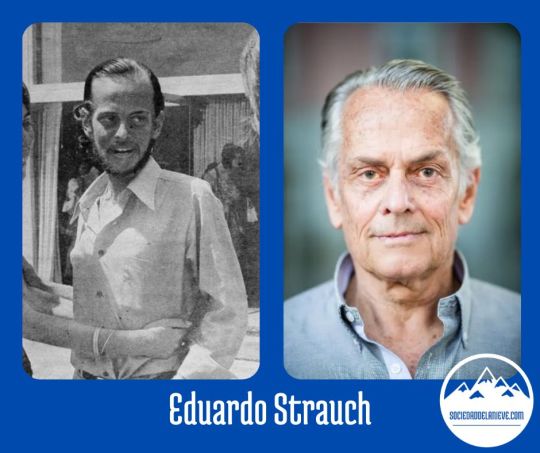
Born on August 13th 1947, Eduardo was a Stella Maris alumnus and confounder of the Old Christians, as well as a former player. Nicknamed “the German” due to his ancestry, he was an Architecture student and the most worldly of the group, as he had previously traveled to Europe.
Eduardo invited his cousins Adolfo Strauch and Daniel Fernandez on the trip.
Stay tuned for PART 2!
56 notes
·
View notes
Text





I just need to know if the Marauders fandom is aware of this man
Argentinian actor Esteban Kukuriczka
You might have seen him in La Sociedad de la Nieve (Society of the Snow), on Netflix
45 notes
·
View notes

